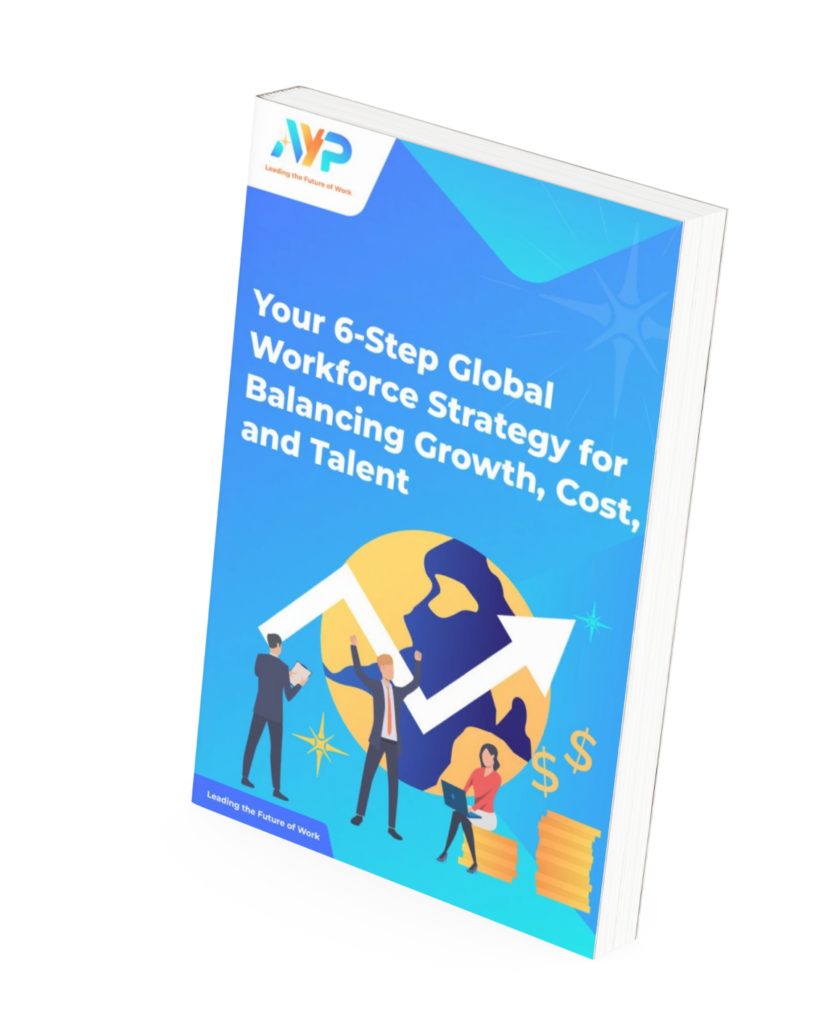The COVID-19 Pandemic has been a turbulent issue for everyone globally. It has drastically transformed the way people have to live and work. This has left many wondering what the future of work holds, post-pandemic? One factor that has left a lasting impression for many, is remote work. According to recent research done by Gartner, 31% of workers worldwide will be a mix of hybrid and fully remote in 2022. With that being said, let’s take a look at the hybrid workforce, and what this entails.
“A hybrid workforce is the future of work, with both remote and on-site part of the same solution to optimize employers’ workforce needs,” said Ranjit Atwal, senior research director at Gartner.
1. Providing Flexibility
Since the COVID-19 Pandemic first shook up the workforce in 2019, workers all over the world have settled into a remote or hybrid work arrangement. This has allowed for more work-life balance for many. The time and energy saved on commuting to and from work can be focused on other things such as exercise, hobbies or spending quality time with loved ones.
This flexibility has resulted in more well-rested and productive employees, with some 55% of workers saying that their productivity levels have increased during this time. Providing flexibility to employees allows them to integrate their personal and professional obligations and find a balance between the two. A Gartner survey even cited that organisations with high levels of flexibility are nearly three times more likely to see high levels of employee performance.
2. Larger Talent Pool
Compared to your traditional onsite office, remote or hybrid workforces have a significant recruitment advantage. While it allows one to be competitive for top talent, it also gives access to talent which might not have been previously available. This generally includes workers not previously accessible from your immediate geographic location. Without the need for in-person offices, a company can then interview, hire and onboard employees from all over the world.
The diversity and knowledge that these employees can bring to the table are valuable as they can offer you a whole new perspective on the way that you strategize your business. A hybrid workforce closes the gap between employers and employees all over the world and allows for further expansion and growth.
3. Empathy-Based Management
The COVID-19 Pandemic has severely impacted the personal and professional lives of many. This has thus had a severe impact on the mental wellbeing of many workers who worry about their jobs, loved ones and livelihoods. As a result, employee wellbeing has been a hot topic of discussion amongst many HR Professionals. Importance has been placed on managers leading with empathy and checking in on the mental and emotional wellbeing of employees.
Increasingly, employee wellbeing has been an important factor that both employees and employers alike have kept an eye on. The rise of a hybrid workforce has also given businesses the opportunity to relook at and take further measures to safeguard the wellbeing of employees.
What Will The Hybrid Workplace Look Like?
While many businesses are likely to retain physical offices, the model by which employees work will not be the same as that of pre-covid times. Many businesses will likely keep a balance of in-person meetings and remote work.
The future of work is one that may seem uncertain or hard to navigate. AYP Group specialises in Professional Employer Organisation (PEO) services that help you better the HR Functions of your company. To find out more about what we can do to help you better your hybrid workforce, contact us here.
Featured Content
1.How To Have High Employee Productivity No Matter What

